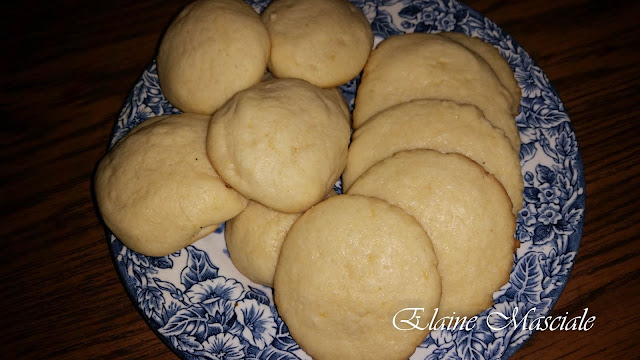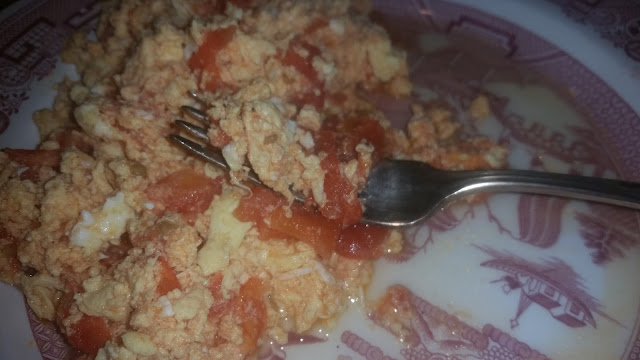Lemon Biscuits (Cookies)

Lemon Biscuits (Cookies) Lemon Biscuits (cookies) both rounded and flattened Today's recipe for a light little cookie comes to us from Mrs. Beeton 's Book of Household Management of 1861 (London). The Original Recipe LEMON BISCUITS 1743. INGREDIENTS – 1–1/4 lb. of flour, 3/4 lb. of loaf sugar, 6 oz. of fresh butter, 4 eggs, 1 oz. of lemon-peel, 2 dessertspoonfuls of lemon-juice. Mode .—Rub the flour into the butter; stir in the pounded sugar and very finely-minced lemon-peel, and when these ingredients are thoroughly mixed, add the eggs, which should be previously well whisked, and the lemon-juice. Beat the mixture well for a minute or two, then drop it from a spoon on to a buttered tin, about 2 inches apart, as the cakes will spread when they get warm; place the tin in the oven, and bake the cakes of a pale brown from 15 to 20 minutes. Time —15 to 20 minutes. Average cost , 1s. 6d. Seasonable at any time. The Method This is a





